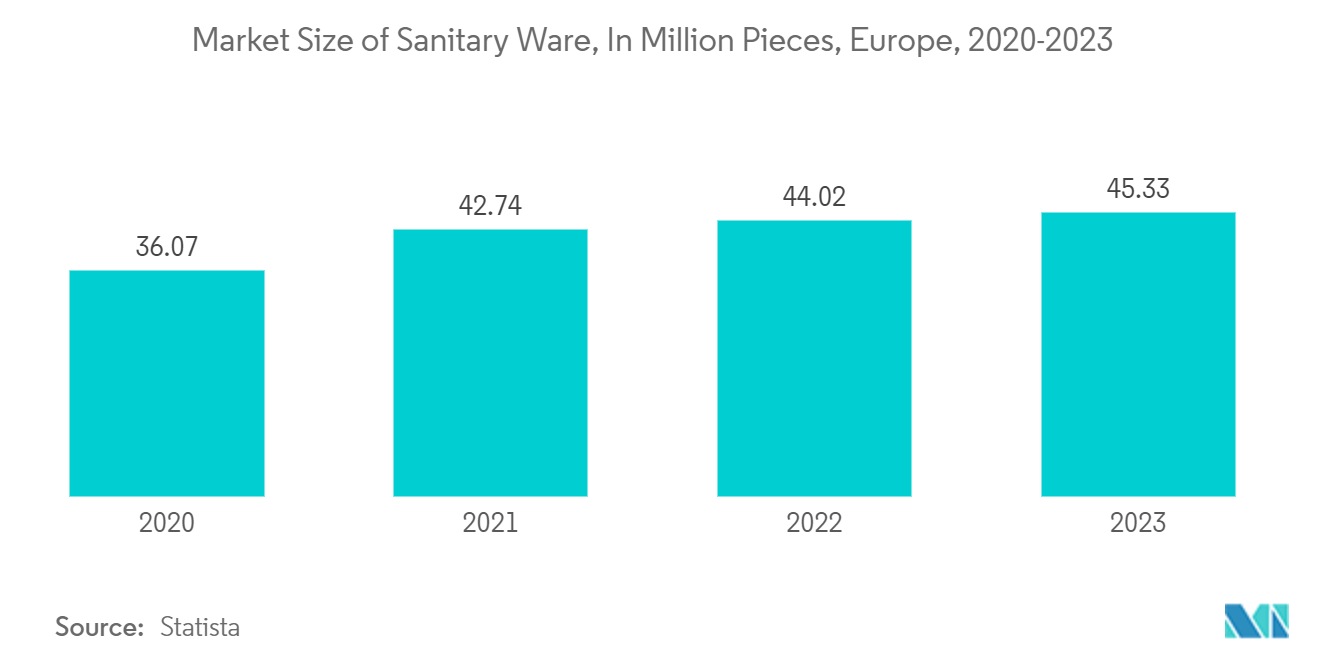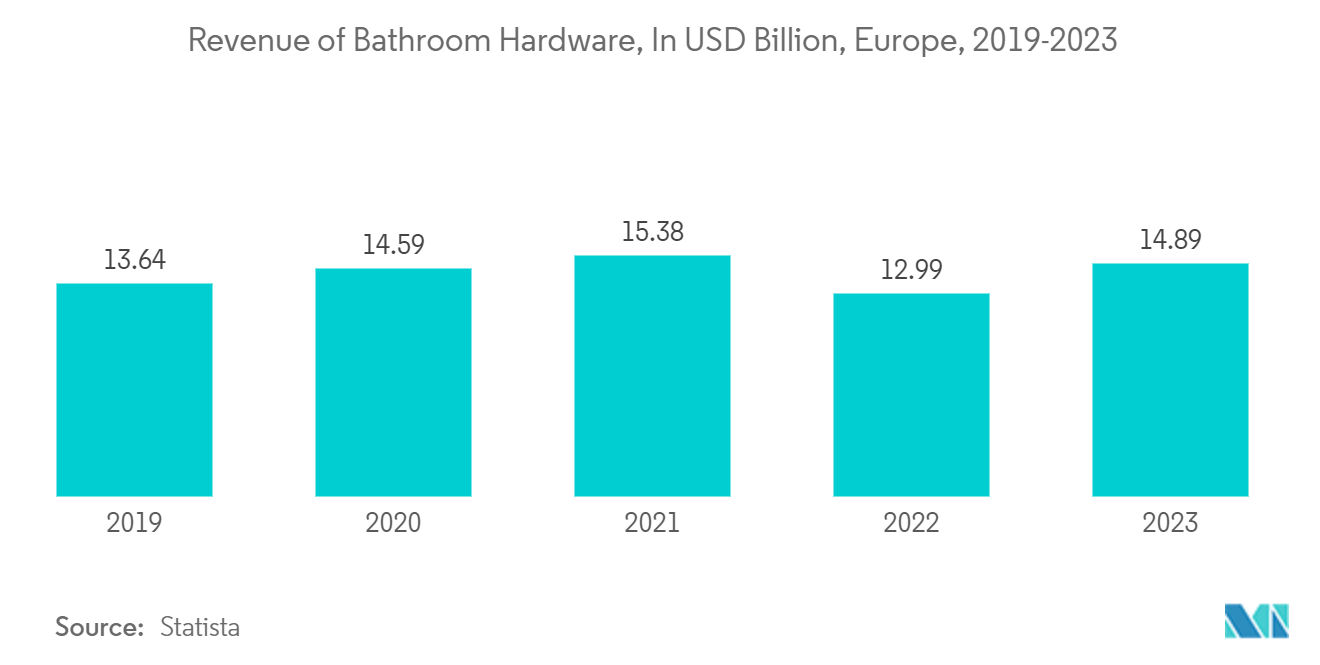Market Trends of Europe Concealed Cistern Industry
Innovation in Design and Materials in Concealed Cistern Market
The opportunity in the European concealed cistern market revolves around innovation in design and materials. As consumers increasingly prioritize aesthetics and functionality in their bathroom spaces, concealed cistern manufacturers can differentiate their products through inventive designs and advanced materials. In pursuing space-saving solutions, manufacturers can create concealed cisterns that seamlessly integrate with contemporary bathroom aesthetics, offering utilitarian benefits and elevating the overall visual appeal.
Innovations in design encompass customizable features, allowing consumers to personalize their concealed cisterns to suit their preferences and match the décor of their bathrooms. Whether through sleek and minimalist designs or customizable finishes, manufacturers can cater to the diverse tastes of consumers seeking modern and stylish solutions. Furthermore, using durable and sustainable materials in concealed cistern construction can enhance these products' longevity and environmental credentials, aligning with the growing demand for eco-friendly options.
By focusing on design innovation, concealed cistern manufacturers can position their products as utilitarian fixtures and integral elements of contemporary bathroom design. This emphasis on form and function allows consumers to capture market share, seeking cutting-edge, space-efficient, and aesthetically pleasing solutions for their bathroom spaces.

Urbanization and Real Estate Development Driving the European Cistern Market
Urbanization and real estate development are intricately linked phenomena that significantly shape the modern landscape. As global populations are rising and migrating toward urban centers, a process known as urbanization, the demand for residential and commercial spaces intensifies. Cities become focal points for economic activities, cultural exchange, and social interactions, prompting substantial real estate development. The expansion of urban areas necessitates the construction of housing, infrastructure, and commercial structures to accommodate the growing population.
Real estate development in urban contexts is characterized by creating diverse spaces, including high-rise residential buildings, office complexes, and commercial centers. Developers respond to the challenges of limited space by designing innovative and efficient structures that contribute to the overall functionality and aesthetics of urban environments. Real estate development often catalyzes economic growth, attracting businesses and fostering job opportunities. However, it also poses challenges, such as increased traffic congestion and environmental concerns.
Ultimately, urbanization and real estate development reflect the dynamic evolution of societies, shaping cities' physical and social fabric and offering solutions to accommodate the demands of a burgeoning urban population.


